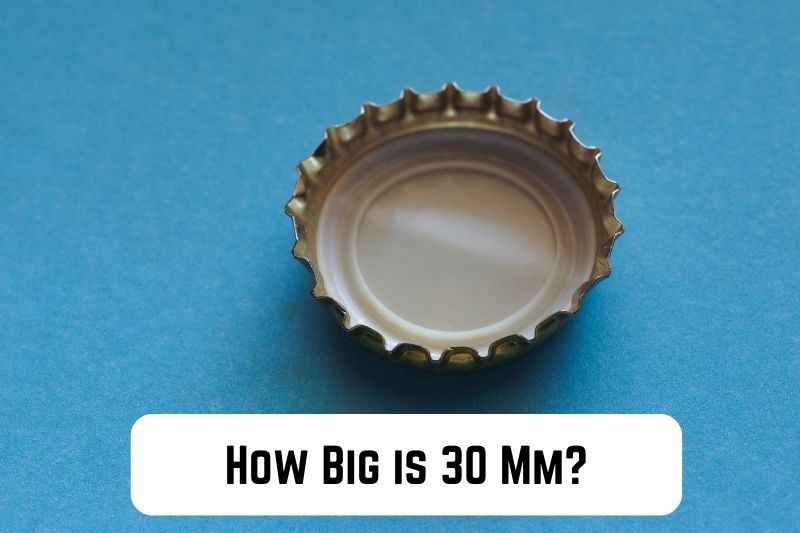30 mm is a measurement unit commonly used in various contexts, such as when describing the caliber of firearms, camera lenses, or other cylindrical objects.
Understanding how big it is is essential for accurate communication and decision-making in photography, aerospace, firearms, and other related fields.
This post will help you understand the scale of 30 mm by comparing it to familiar items from ATM cards to bottle caps to dice.
Read: How Big is 1 Cubic Yard? 15 Common Comparisons (+Pics)
Let’s dive in!
14 Common Comparisons For 30 Millimeters
Thirty millimeters equals 3 cm or roughly 1.18 inches.
The following comparisons paint a picture of this measurement.
1. A ⅓ Length of an ATM Card
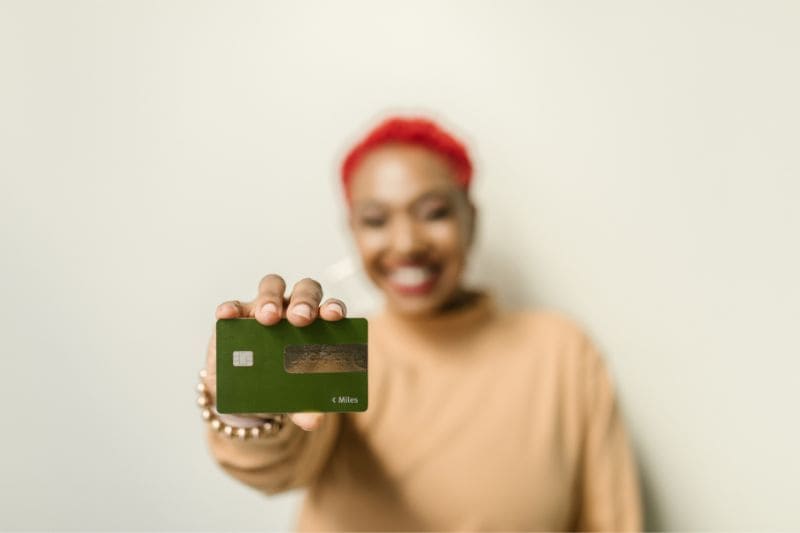
ATM cards are handy tools for gauging the size of items or spaces and making rough comparisons and assessments because they have standardized dimensions.
These cards are all 85.6 mm long and 53 mm wide.
So, draw two parallel lines to each other on the length of an ATM card, each dividing the length into three equal segments of 28 mm, only two millimeters shy of 30 mm.
2. Half Width of a Standard Playing Card
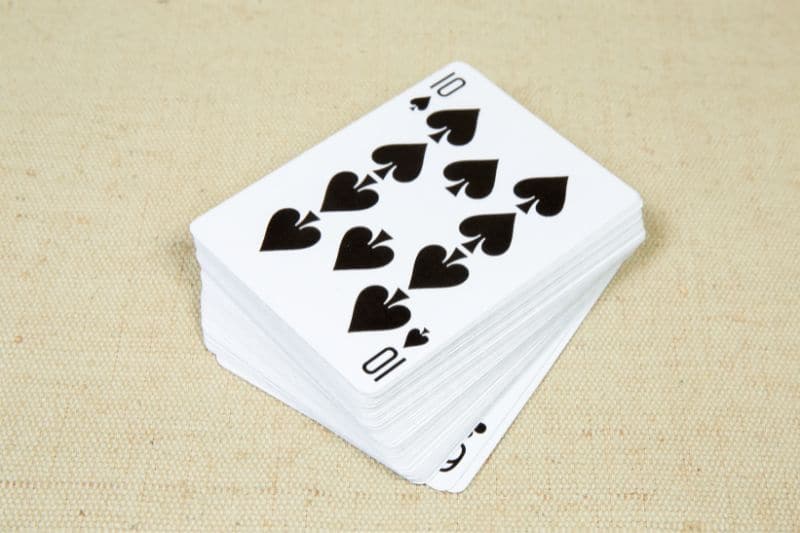
Standard playing cards are versatile and widely used for entertainment and card games such as poker, blackjack, bridge, and solitaire.
The dimensions of a standard playing card are approximately 2.5 inches by 3.5 inches (63.5 mm by 88.9 mm).
So, draw two parallel lines on the width of a standard playing card, creating three equal segments, each measuring 31 mm. That’s only one mm past 30 mm, so it can give you an idea of the size you’re looking for.
Alternatively, draw three parallel lines on the length of the card, dividing it into three equal portions. These also are approximately 30 mm long.
3. 6X A Pencil Eraser

Can you recall the pink or white erasers usually attached to one end of a pencil?
They are reliable references for tiny measurements such as 5 mm since they’re usually that wide.
For comparatively longer measurements, now say 30 mm, you can compare it to six pencil erasers lined up side by side.
4. A 1/6 Piece of a Pencil-sized Stick
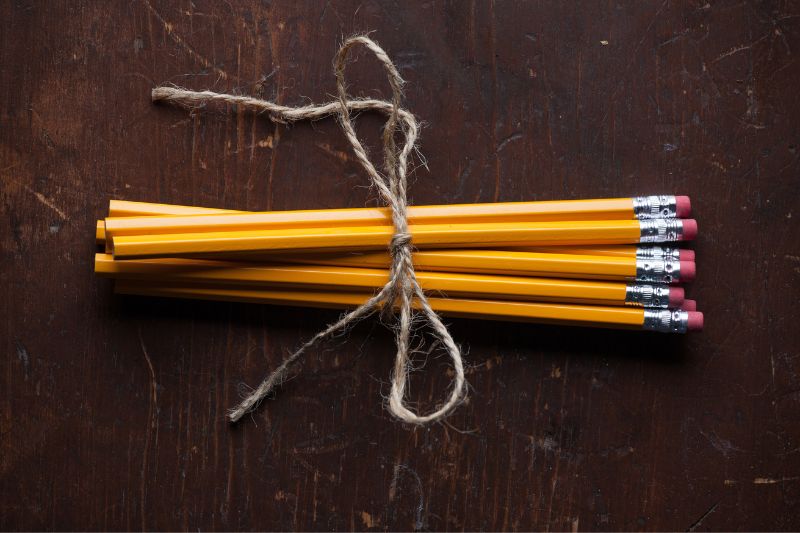
Let’s shift gears and use the pencil itself to understand how big 30 mm is.
Also known as No. 2 pencils, standard pencils are usually 7.5 inches or approximately 190 mm long.
So, if you can get a pencil-sized stick, break it into six equal pieces. At 31 mm long, each piece will be sizable enough to give you an impression of 30 mm.
5. A ⅕ Piece of a Pen-sized Stick

Pens commonly used in schools, offices, and homes typically have a standardized and comfortable length for everyday writing tasks.
Although they come in different sizes depending on the brand, the difference is usually minimal, most averaging 5.5 inches or approximately 140 mm.
So, get a pen-sized stick and break it into five equal pieces. Each will be approximately 30 mm long.
6. A 1/7 Width of a Letter-sized Paper
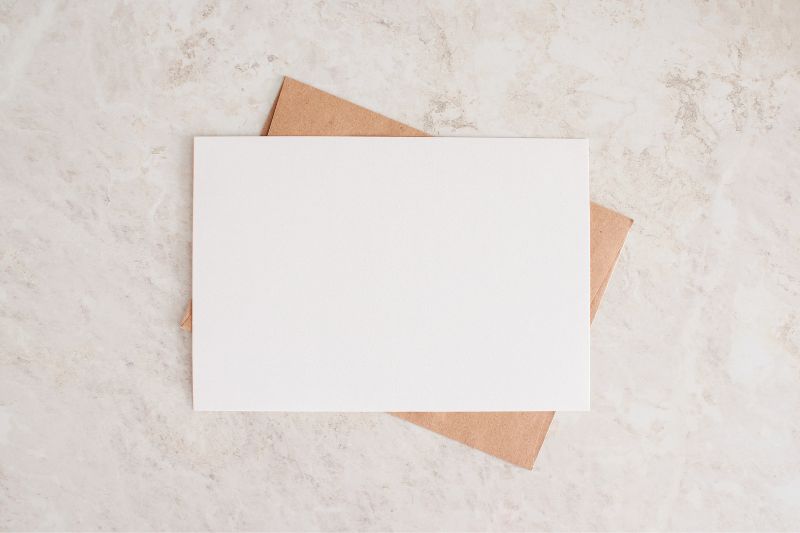
A letter-sized paper is the widely used writing material for various purposes, including printing documents, writing letters, and other everyday office and personal tasks.
This paper is usually 216 mm wide and 280 mm long.
So, if you draw six parallel lines on its width, you’ll have seven segments, each 30 mm wide.
7. 1/8 Width of a No. 10 Envelope

The No. 10 envelope is commonly used for mailing letters, invoices, statements, and other official documents.
The envelope is smaller than letter-sized paper, measuring 4.125 inches by 9.5 inches (about 240 mm). That’s why the documents are usually folded into thirds to fit inside.
So, draw seven parallel lines on its length to create eight equal segments, each 30 mm wide.
8. 1.5X Diameter of Nickel
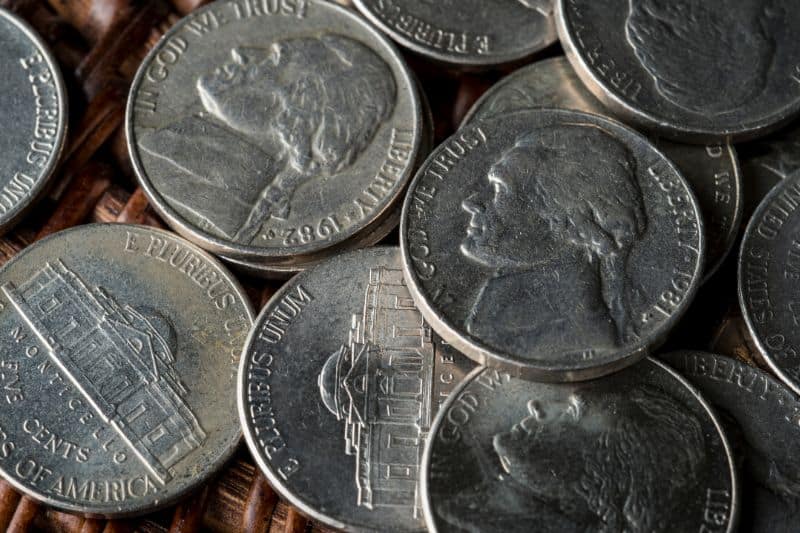
Nickels are coins commonly used for small purchases due to their low value in the United States and some other countries.
Each nickel has a diameter of 21.1 mm.
So, you can place two nickels side by side and then imagine cutting one at either end into half. The remaining section is 30 mm long.
There’s another way to understand how big 30 mm is using the coins: Since they are approximately 2 mm thick, stack as many as 15 to visualize that measurement.
9. 1.5X Diameter of a Penny

Pennies are almost the same size as nickels.
They usually have a diameter of 19.05 mm and are 1.52 mm thick.
So, the same way you line up nickels to visualize 30 mm, you can do it with pennies to realize that measurement.
But if you want to stack pennies to be 30 mm big, you need as many as 20.
10. A Stack of 17 US Quarters

Although each coin has its place in everyday commerce, the US quarters are often more widely used in daily transactions than nickels and pennies because of their higher value.
These coins are usually 24 mm wide and 1.75 mm thick.
Since there’s no way you can use their diameter to visualize 30 mm, we’ll leverage their thickness, instead.
Stack as many as seventeen to realize that measurement.
11. A ⅕ Length of a US Dollar Note

The ubiquity of dollar bills makes them convenient tools for rough measurements, allowing individuals to visualize and communicate dimensions easily.
Similarly to ATM cards, the good news is you can use any dollar denomination as they are all equal.
They measure 6.14 inches (roughly 155 mm) long by 2.61 inches wide.
So, take the closest dollar note to you and draw four lines on its length, creating five equal portions. Each will be 31 mm, close to the 30-mm mark.
12. Diameter of a Crown Bottle Cap
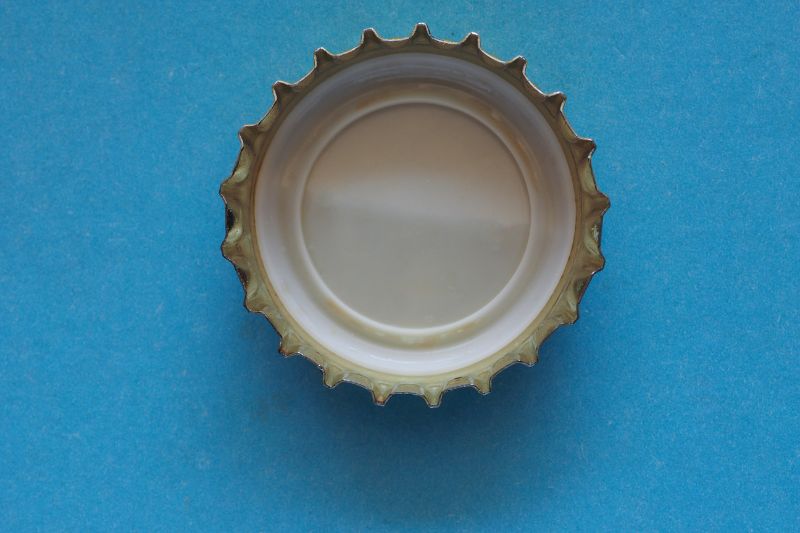
Crown bottle caps, commonly used for sealing beverage bottles, including beer bottles, typically have a standard diameter of approximately 26 mm and are 6 mm thick.
So, if you have a crown bottle cap handy, you can think of 30 mm as a little bigger than that. Or, imagine adding a pencil eraser close to the cap to bring you close to 30 mm.
Alternatively, if you can get as many as five caps, stack them as they add up to 30 mm.
Meanwhile, if you have a champagne crown bottle cap, you need nothing more as these are slightly wider, usually 29 mm.
13. 3X Diameter of an AAA Battery
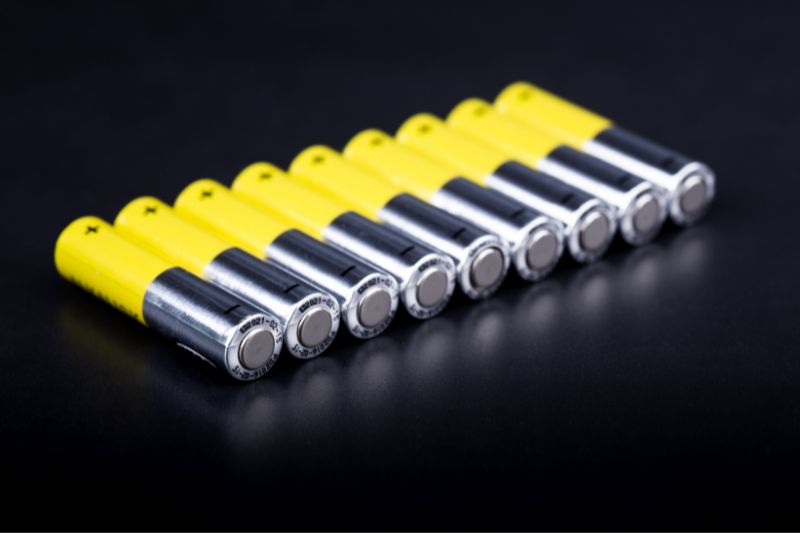
AAA batteries are indispensable household items widely used to power various electronic devices such as remote controls, digital cameras, flashlights, and small toys.
A typical AAA battery is approximately 44.5mm long and has a diameter of about 10.5 mm.
Thus, arrange three AAA batteries side by side to visualize 30 mm. It’s close.
Read: How Much is 100 ML? 14 Common Comparisons (+Pics)
14. 2X A Standard Dice
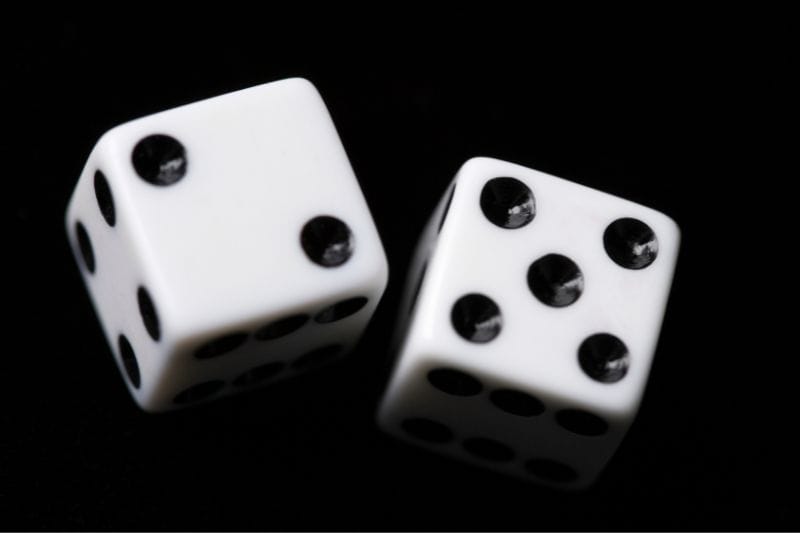
Dice are small, throwable objects typically used in games of chance or strategy.
Although dice are available in different sizes, the most common type used in board games and tabletop gaming is D6 (the six-sided die).
This D6 is a cube with each side measuring approximately 16 mm. If you place two side by side, they’ll go past the 30 mm mark by only two mm. So, they’re a reliable reference point for that measurement.

